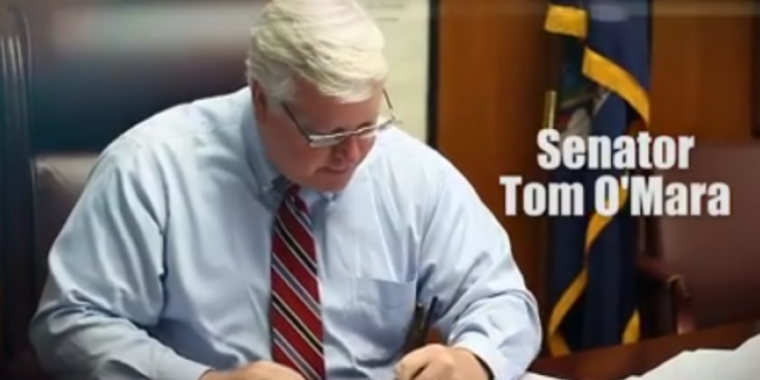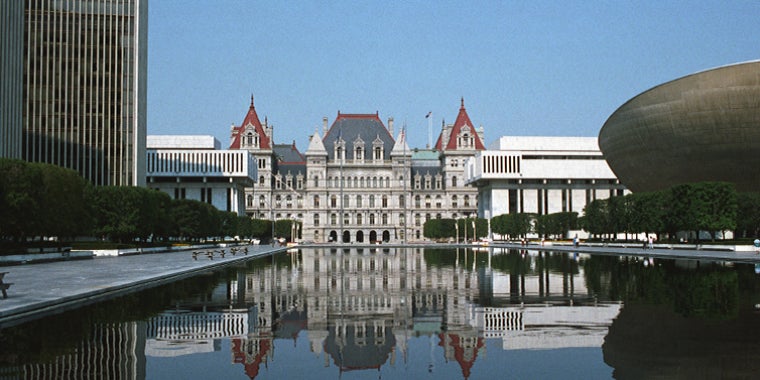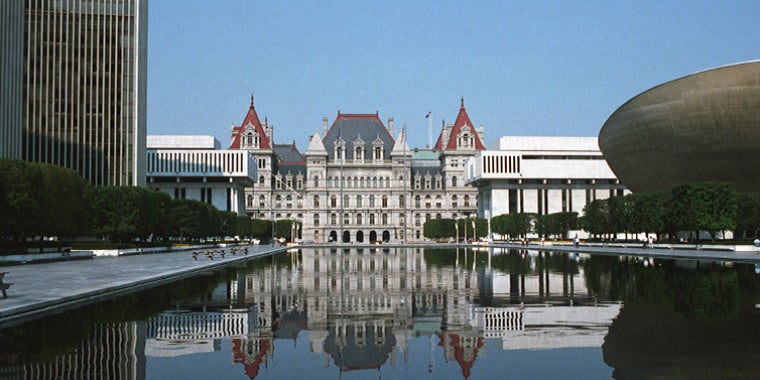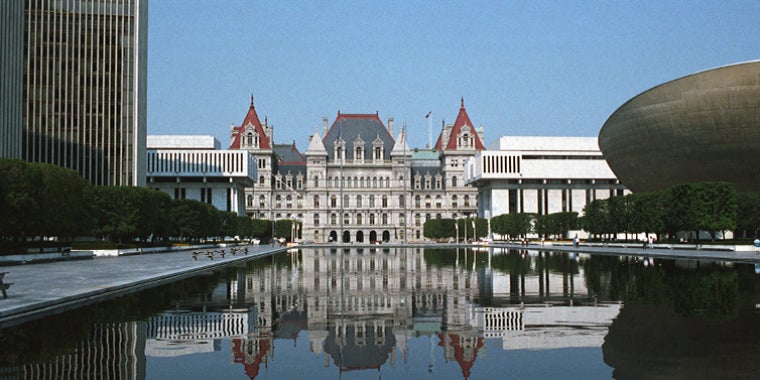
Senator O'Mara's weekly column ~ for the week of August 31, 2020 ~ 'The burden on future generations is clearly alarming'
August 31, 2020
-
ISSUE:
- local property taxpayers

Senator O'Mara offers his weekly perspective on many of the key challenges and issues facing the Legislature, as well as on legislative actions, local initiatives, state programs and policies, and more. Stop back every Monday for Senator O'Mara's latest column...
This week, "The burden on future generations is clearly alarming"
Prior to the onset of the COVID-19 pandemic and the subsequent economic shutdown in New York State and nationally, the state comptroller pegged the state’s total debt load at approximately $65 billion.
That was the second-highest debt total in America, second only to California.
The comptroller predicted this debt load would reach nearly $72 billion over the next several years, with the state projected to issue “50 percent more debt than it will retire.” By the end of the State’s 2021-2022 fiscal year, according to the comptroller’s projections, state and local taxpayers would be on the hook for more than $8 billion a year just to service the state’s existing debt -- not reduce the debt, remember, only to keep up with the required payments, especially interest, over time.
That was before COVID-19. Needless to say, the pandemic and its ongoing impact has required a significant outlay of unanticipated state spending (including how New York utilized its $5.1 billion share of federal Coronavirus Relief Funds awarded under the CARES Act approved in April for states and localities) and borrowing that will impact this debt crisis in yet unforeseen ways.
First of all, we don’t have a full, precise and transparent accounting of what the Cuomo administration has borrowed and spent since March, when the Democrat-led state Legislature granted the governor unprecedented emergency powers to effectively take whatever unilateral actions he deemed necessary for the COVID-19 response. That includes the authority to borrow what could turn out to be upwards of $11 billion in additional long-term debt.
The short- and long-term accounting needs to be a priority. Taxpayers will deserve to know exactly what the Cuomo administration borrowed and spent, where it was spent, on what, and why.
In short, it all could very well leave state and local taxpayers footing an outrageous bill long, long after this governor leaves the scene – even with the hoped-for additional federal budget aid to state and local governments, and not accounting for the indicators showing a bleak and dire post-pandemic fiscal outlook for New York.
One prominent state fiscal analyst has already warned that the years ahead in New York will be defined as an era demanding that state government “reorder priorities, restructure operations and reduce spending.”
That doesn’t appear to even approach the mindset of the current state Legislature. Even before the outbreak of the coronavirus, Governor Cuomo and a state Legislature under one-party control were well on their way to enacting a new state budget setting the stage for significantly increased state government spending, adding billions of dollars to the already-high mountain of state debt, and shifting costs to already overburdened local property taxpayers.
Future generations of state and local taxpayers, especially upstate, were already facing enormous new burdens and an economically destructive climate coming out of Albany.
Even prior to the COVID-19 impact, New York State’s current debt load raised plenty of questions and proposals for reform. Now, these questions and proposals take on even added urgency.
The next time you read or hear about the latest call for bigger spending or higher taxing by New York State government, keep in mind the debt load taxpayers already shoulder. It was already the second-heaviest burden in America. It was already on track to keep rising, significantly, even before this public health crisis and without any help at all from New York State’s next big spenders.
In fact, controlling state spending for the long term must emerge as a top priority moving forward.
The less the state spends on ever-growing, and larger and larger programs and services, the more fiscal flexibility the state will have to focus on doing things like cutting taxes, eliminating unfunded mandates on local governments and taxpayers, or more rapidly reducing debt.
We will have to become more serious than ever before about getting it under control. The practice of “pay as you go” will need to become the norm, not the exception.
Big government spending in New York State is nothing new. The debt burden is also the result of continually neglecting the consequences of past bad spending and borrowing practices.
Nevertheless, the burden on future generations and the future’s economy is clearly alarming. We better get focused on making it more manageable, not making it worse.



